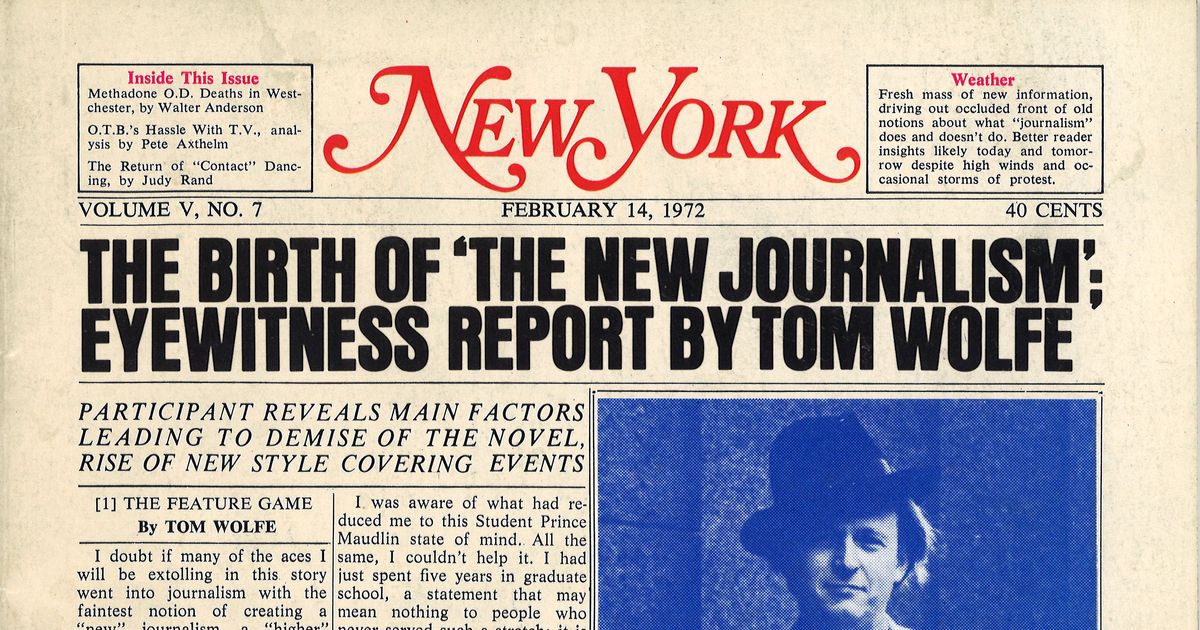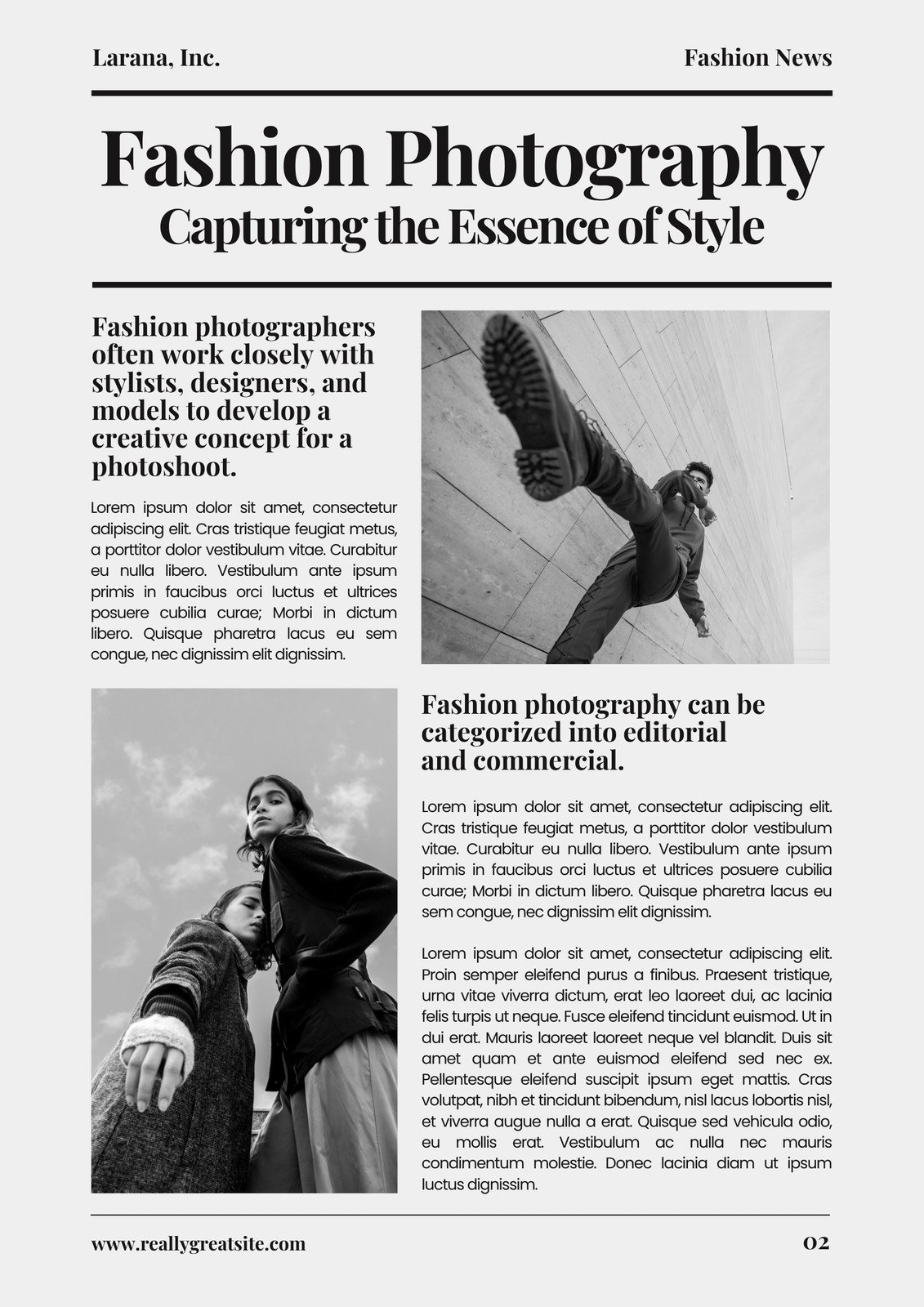What Does News Articles Do?
What Does News Articles Do?
Blog Article
What Does News Articles Do?
Table of ContentsTop Guidelines Of News ArticlesNot known Details About News Articles The Best Guide To News ArticlesThe Greatest Guide To News ArticlesThe smart Trick of News Articles That Nobody is Discussing
Great understanding of different subjects offers trainees an one-upmanship over their peers. Even though digital and social media are readily accessible, we should not fail to remember exactly how crucial it is to review the newspapers. Moms and dads should try and instill the routine of checking out a newspaper as a day-to-day routine to continue the legacy of the revered print medium.Newspaper article additionally include a minimum of one of the adhering to vital attributes about the designated target market: distance, prestige, timeliness, human rate of interest, oddity, or effect. The associated term journalese is sometimes used, usually pejoratively, to describe news-style writing. Another is headlinese. Papers generally abide by an expository writing style.
Within these limits, newspaper article also aim to be comprehensive. Nevertheless, other elements are involved, some stylistic and some originated from the media kind. Among the larger and more recognized papers, fairness and balance is a major aspect in presenting information. Discourse is typically confined to a separate section, though each paper may have a various general angle.
Newspapers with an international audience, for instance, often tend to use a more formal style of composing. News Articles.; common design overviews consist of the and the US News Style Publication.
8 Easy Facts About News Articles Shown
Generally, journalists will not utilize a long word when a brief one will certainly do. They utilize subject-verb-object building and construction and dazzling, energetic prose (see Grammar). They provide anecdotes, instances and allegories, and they rarely rely on generalizations or abstract concepts. News writers attempt to stay clear of using the exact same word much more than as soon as in a paragraph (often called an "echo" or "word mirror").
Headlines often leave out the topic (e.g., "Leaps From Boat, Catches in Wheel") or verb (e.g., "Cat lady lucky"). A subhead (also subhed, sub-headline, subheading, caption, deck or dek) can be either a secondary title under the main headline, or the heading of a subsection of the short article. It is a heading that comes before the primary message, or a group of paragraphs of the major text.

of a write-up subject, informant, or interviewee), it is described as a pulled quote or draw quote. Added signboards of any one of these kinds may appear later in the short article (specifically on subsequent web pages) to entice additional reading. Journalistic web sites often utilize animation methods to exchange one signboard for one more (e.g.
The Greatest Guide To News Articles
Such billboards are also utilized as reminders to the write-up in other areas of the magazine or website, or as promotions for the item in other magazine or websites. News release of the Swiss federal government. Common structure with title, lead paragraph (summary in bold), various other paragraphs (details) and call information.

Example of a hard-lead paragraph NASA is recommending another room job. The spending plan demands about $10 billion for the job.
An "off-lead" is the second most vital front web page news of the day. To "hide the lead" is to start the post with history details or details of secondary relevance to the viewers, forcing them to read even more deeply right into a write-up than they ought to have to in order to uncover the crucial points.
The Best Strategy To Use For News Articles
Typical usage is that one or 2 sentences each create their very own paragraph. Reporters typically define the organization or structure of a webpage news tale as an inverted pyramid. The vital and most fascinating elements of a story are put at the beginning, with sustaining information adhering to in order of decreasing significance.
It allows people to discover a topic to just the depth that their curiosity takes them, and without the imposition of details or subtleties that they can take into consideration pointless, but still making that details readily available to much more interested readers. The upside down pyramid structure likewise makes it possible for articles to be trimmed to any type of arbitrary size throughout design, to fit in the area readily available.
Some writers begin their stories with the "1-2-3 lead", yet there are numerous kinds of lead readily available. A kicker can refer to numerous points: The last story in the news broadcast; a "pleased" story to finish the show.
Longer posts, such as publication cover posts and the pieces that lead the inside areas of a paper, are called. Function tales vary from straight news in a number of methods. Foremost is the lack of click over here now a straight-news lead, many of the moment. Rather than using the significance of a story up front, feature writers may try to lure visitors in.
The 6-Minute Rule for News Articles
A function's first paragraphs commonly relate an interesting moment or occasion, as in an "unscientific lead". From the details of an individual or episode, its sight rapidly widens to generalizations concerning the tale's subject.

The Editor's Tool kit: A Referral Overview for Beginners and Professionals (2001) Allan M. Siegal and William G. Connolly. The New York City Times Manual of Design and Use: The Authorities Design Overview Utilized by the Writers and Editors of the Globe's A lot of Reliable Paper (2002) M. L. Stein, Susan Paterno, and R.
Report this page